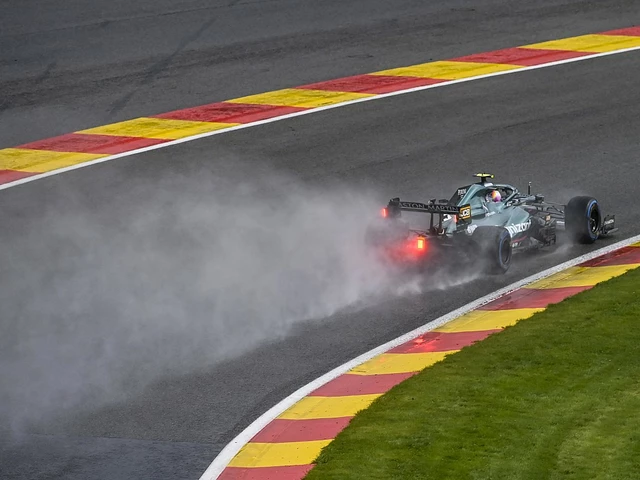Driver Insights: Inside the World of Racing Drivers
Ever wonder what separates a good driver from a legend? On this page we break down the habits, tricks, and mind‑sets that keep racers at the front of the pack. Whether you’re a fan, an aspiring driver, or just love fast cars, you’ll find something useful here.
We’ve gathered real‑world examples from NASCAR pit crews, Formula 1 qualifying laps, and the most realistic PC racing sims. Each story shows how a driver’s split‑second decisions can change a race outcome. Let’s get into the details that make drivers unforgettable.
What Makes a Great Driver?
First off, confidence matters more than raw speed. A driver who trusts the car’s handling can push the limits without over‑steering. Look at the way F1 pilots hit a ‘flying lap’ – they hit the apex with perfect momentum, not by brute force.
Second, consistency is key. In NASCAR, a pit crew can change all four tires in 12 seconds, but the driver must keep the car steady on re‑entry. Any wobble can waste those precious seconds. That discipline translates to video games like Assetto Corsa, where the physics reward smooth inputs over frantic button‑mashing.
Third, adaptability. Weather, track temperature, and even tire wear shift the car’s balance. The best drivers feel those changes instantly and adjust braking points on the fly. It’s why drag racers talk about tire spin – a little slip can add grip, but too much hurts traction.
Finally, mental toughness. Racing is as much a psychological battle as a physical one. When a crash happens, a driver must stay composed, regroup, and keep pushing. That mental edge often decides who stands on the podium.
Tips from the Track: Learn from the Pros
Want to improve your own lap times? Start by mimicking a driver’s racing line. Watch replays of a Formula 1 flying lap and notice how the car stays close to the curb on the exit – that saves valuable speed.
Practice braking later. In most racing games and real life, the later you can brake while staying in control, the more straight‑line speed you keep. Use a modest rubber‑band approach: brake just a split‑second before the usual marker, then feather the throttle.
Keep your tires in mind. In the NASCAR pit‑stop story, the crew changes tires fast, but the driver must respect the new rubber’s grip level. If you feel the car sliding, ease off a little until the tires settle. The same rule applies when you swap tire compounds in a sim.
Study racecraft beyond the car. Watching street racing forums, for example, reveals how drivers pick safe lines in tight city corners. Even if you’re on a closed circuit, the idea of finding the cleanest line through traffic helps you avoid unnecessary battles.
Finally, record your sessions. A quick video of your laps lets you spot where you lose time – maybe you’re missing a gear shift or drifting wide on a hairpin. Compare that footage with a pro’s run and you’ll see the gaps instantly.
All these pointers come from real drivers and seasoned gamers who live for the thrill of speed. By applying their habits, you’ll feel more like a race‑track pro whether you’re behind a wheel or a joystick.
So next time you watch a race, focus on the driver’s choices, not just the car’s roar. The stories behind each pass, each pit stop, and each daring overtake are what make motorsport addictive. Keep exploring, keep practicing, and you’ll join the conversation with confidence.


